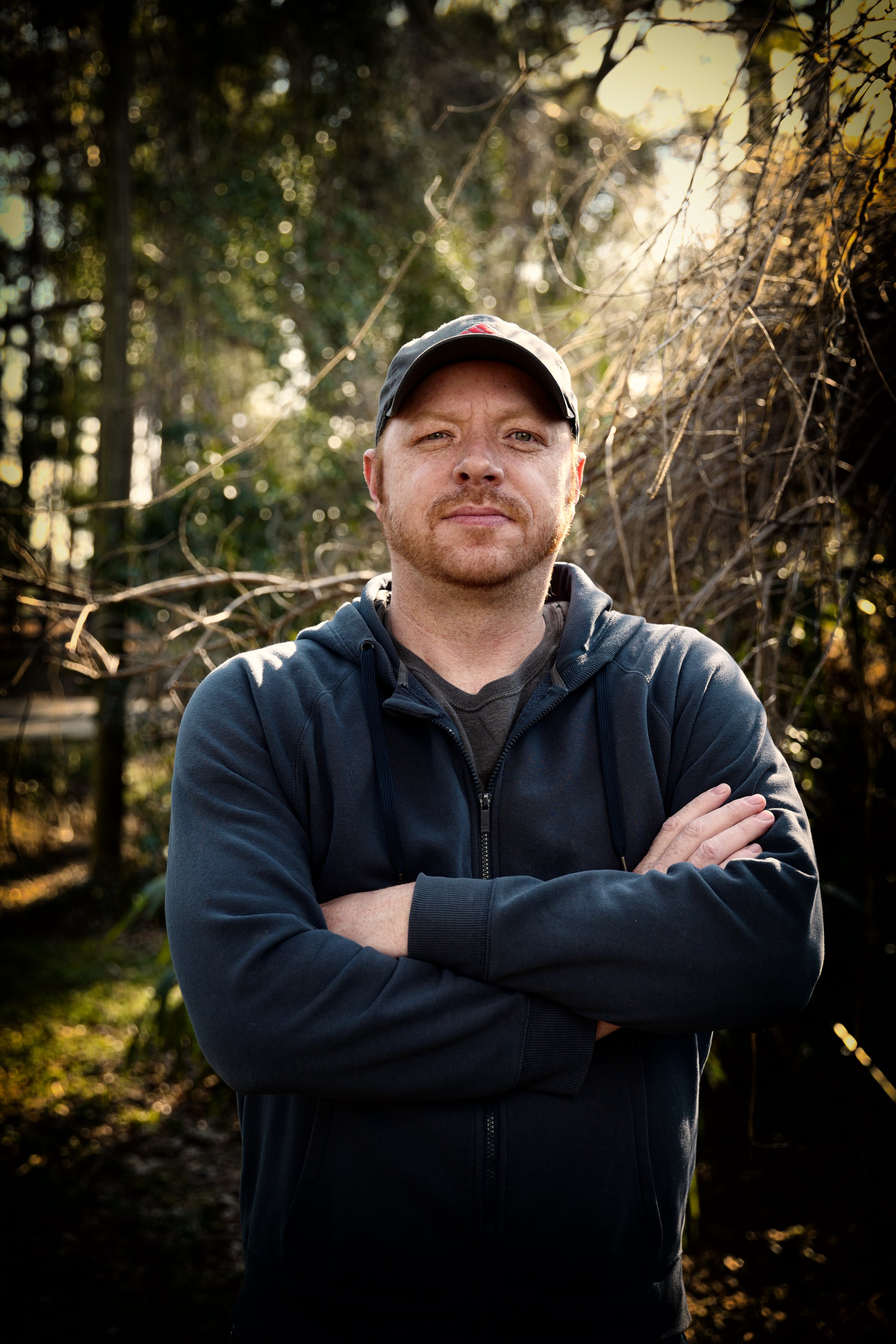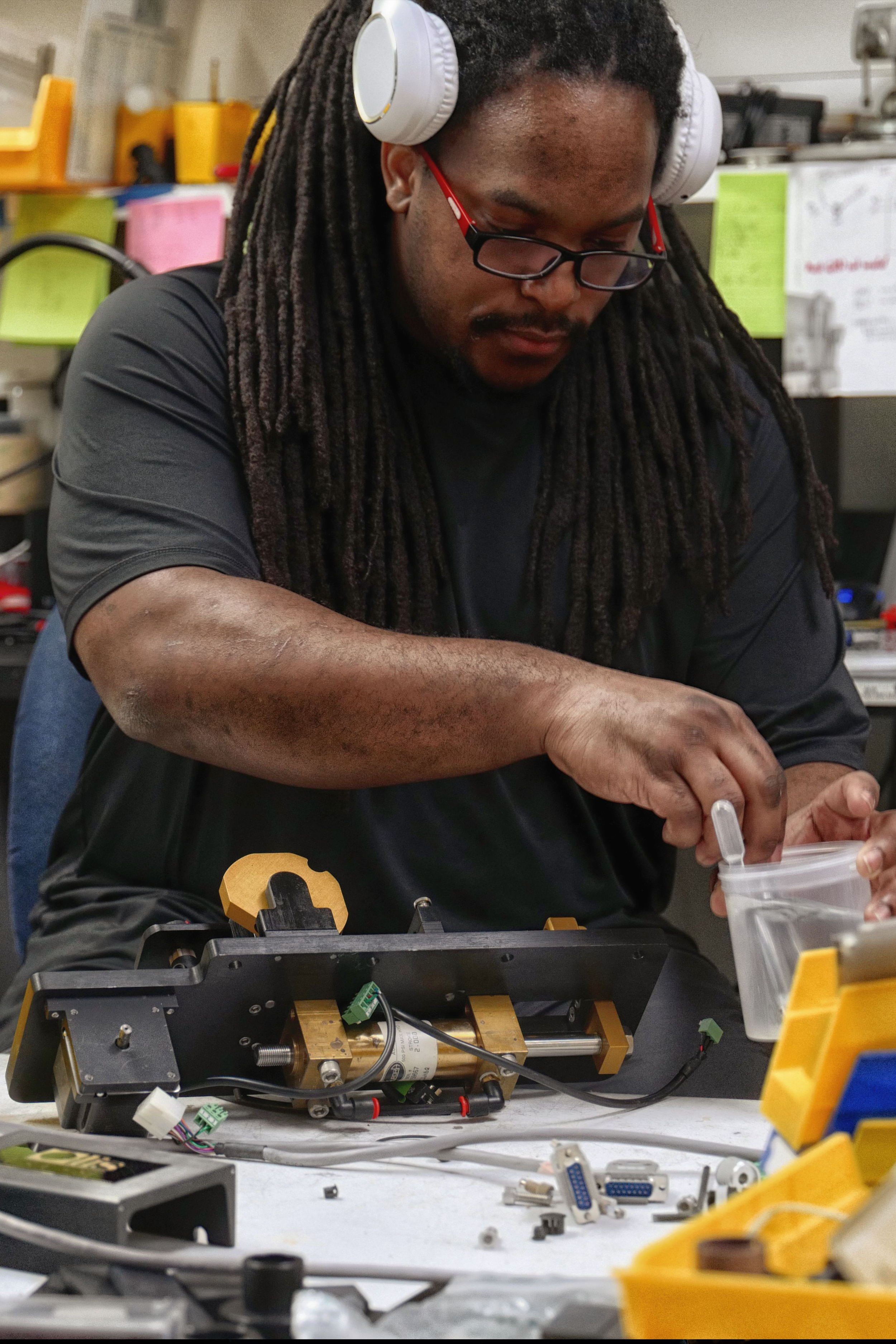About Circular Dichroism
Table of Contents8 Easy Facts About Uv/vis/nir ShownThe Basic Principles Of Uv/vis The 45-Second Trick For SpectrophotometersIndicators on Uv/vis/nir You Need To KnowThe Ultimate Guide To Circular Dichroism

Spectrophotometry is a tool that hinges on the quantitative analysis of molecules depending on how much light is soaked up by colored substances.
Circular Dichroism Things To Know Before You Buy
A spectrophotometer is typically used for the measurement of transmittance or reflectance of solutions, transparent or opaque solids, such as polished glass, or gases. Lots of biochemicals are colored, as in, they soak up noticeable light and for that reason can be determined by colorimetric treatments, even colorless biochemicals can often be transformed to colored substances ideal for chromogenic color-forming responses to yield compounds suitable for colorimetric analysis.: 65 However, they can also be created to determine the diffusivity on any of the listed light ranges that usually cover around 2002500 nm using different controls and calibrations.
An example of an experiment in which spectrophotometry is used is the determination of the balance constant of a service. A particular chain reaction within an option might take place in a forward and reverse instructions, where reactants form items and items break down into reactants. At some time, this chemical reaction will reach a point of balance called a balance point.
The 20-Second Trick For Uv/vis/nir
The amount of light that goes through the option is indicative of the concentration of certain chemicals that do not permit light to pass through. The absorption of light is because of the interaction of light with the electronic and vibrational modes of molecules. Each kind of particle has an individual set of energy levels related to the makeup of its chemical bonds and nuclei and therefore will absorb light of specific wavelengths, or energies, resulting in distinct spectral properties.
Making use of spectrophotometers spans various clinical fields, such as physics, products science, chemistry, biochemistry. UV/Vis, chemical engineering, and molecular biology. They are commonly utilized in lots of markets including semiconductors, laser and optical manufacturing, printing and forensic assessment, in addition to in labs for the study of chemical substances. Spectrophotometry is typically used in measurements of enzyme activities, decisions of protein concentrations, determinations of enzymatic kinetic constants, and measurements of ligand binding reactions.: 65 Ultimately, a spectrophotometer has the ability to figure out, depending on the control or calibration, what compounds are present in a target and precisely how much through computations of observed wavelengths.
Invented by Arnold O. Beckman in 1940 [], the spectrophotometer was created with the help of his coworkers at his company National Technical Laboratories established in 1935 which would become Beckman Instrument Company and eventually Beckman Coulter. This would come as a solution to the formerly developed spectrophotometers which were unable to absorb the ultraviolet properly.
Rumored Buzz on Uv/vis/nir
It would be discovered that this did not give satisfying outcomes, therefore in Model B, there was a shift from a glass to a quartz prism which enabled for much better absorbance results - spectrophotometers (https://www.4shared.com/u/FvsNFVfH/julieanndesalorenz30606.html). From there, Design C was born with a change to the wavelength resolution which ended up having 3 systems of it produced
It irradiates the sample with polychromatic light which the sample takes in depending upon its residential or commercial properties. Then it is transferred back by grating the photodiode variety which finds the wavelength region of the spectrum. Since then, the development and execution of spectrophotometry devices has increased exceptionally and has actually turned into one of the most ingenious instruments of our time.

Circular Dichroism Can Be Fun For Anyone
Historically, spectrophotometers use a monochromator consisting of a diffraction grating to produce the analytical spectrum. The grating can either be movable or repaired. If a single detector, such as a photomultiplier tube or photodiode is utilized, the grating can be scanned stepwise (scanning spectrophotometer) so that the detector can determine the light intensity at each wavelength (which will represent each "step").
In such systems, the grating is fixed and the strength of each wavelength of light is measured by a various detector in the range. Additionally, most modern-day mid-infrared spectrophotometers use a Fourier change method to get the spectral info - https://www.cgmimm.com/arts-entertainment/olis-clarity. This technique is called Fourier transform infrared spectroscopy. When making transmission measurements, the spectrophotometer quantitatively compares the fraction of light that goes through a referral option and a test option, then digitally compares the strengths of the two signals and computes the portion of transmission of the sample compared to the reference standard.
